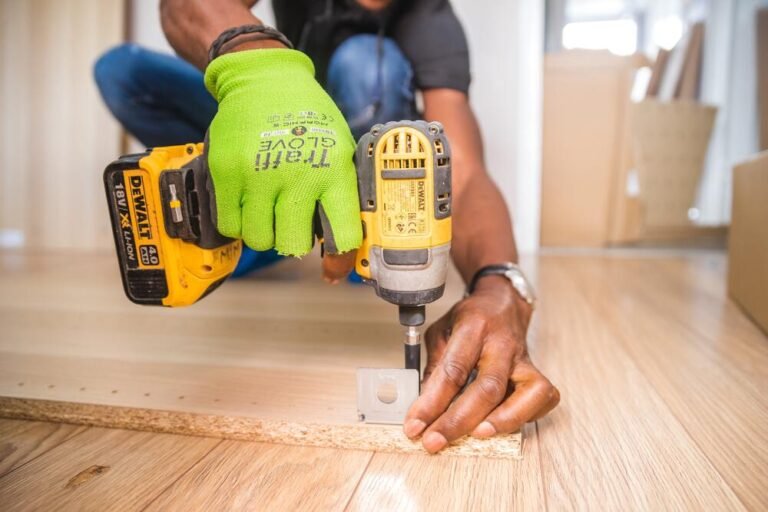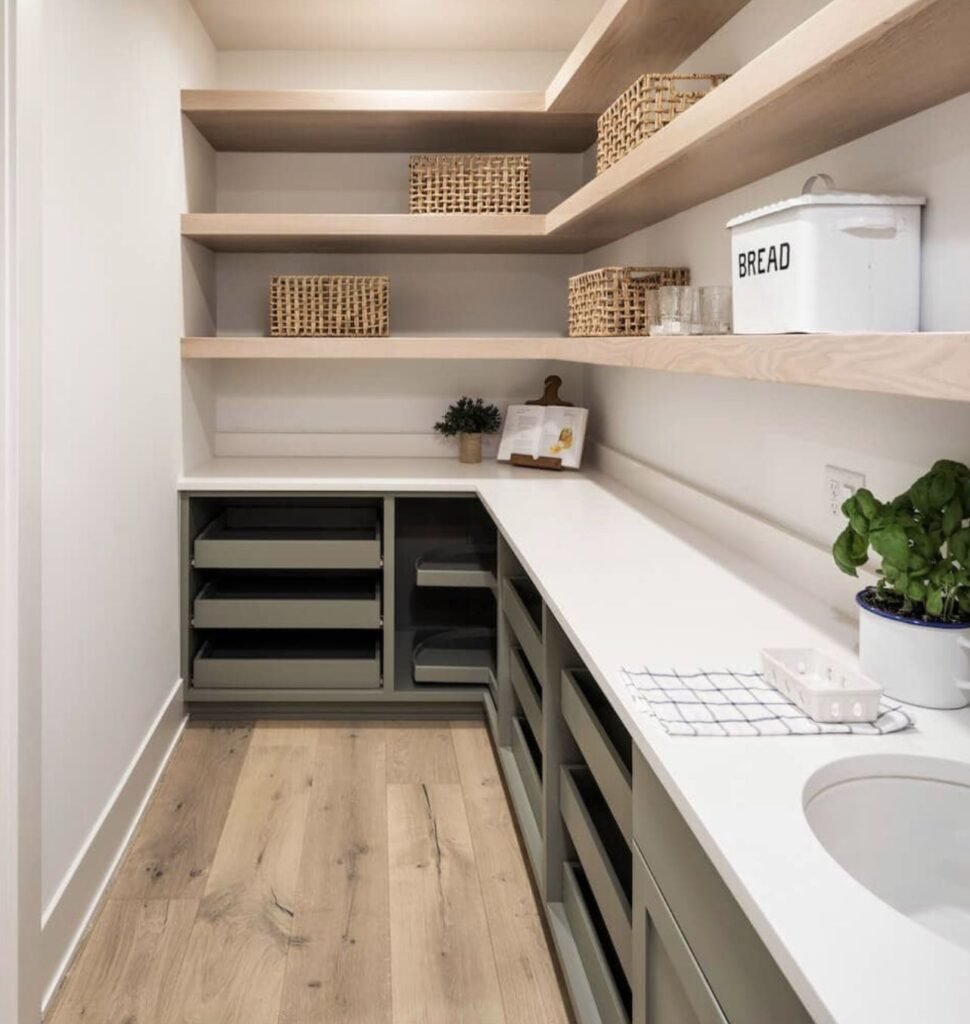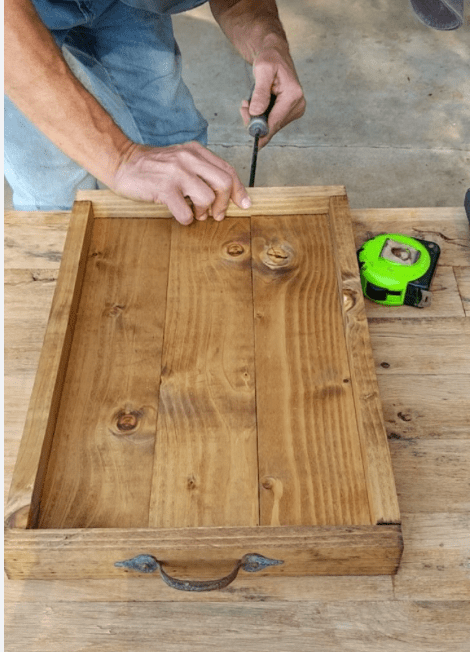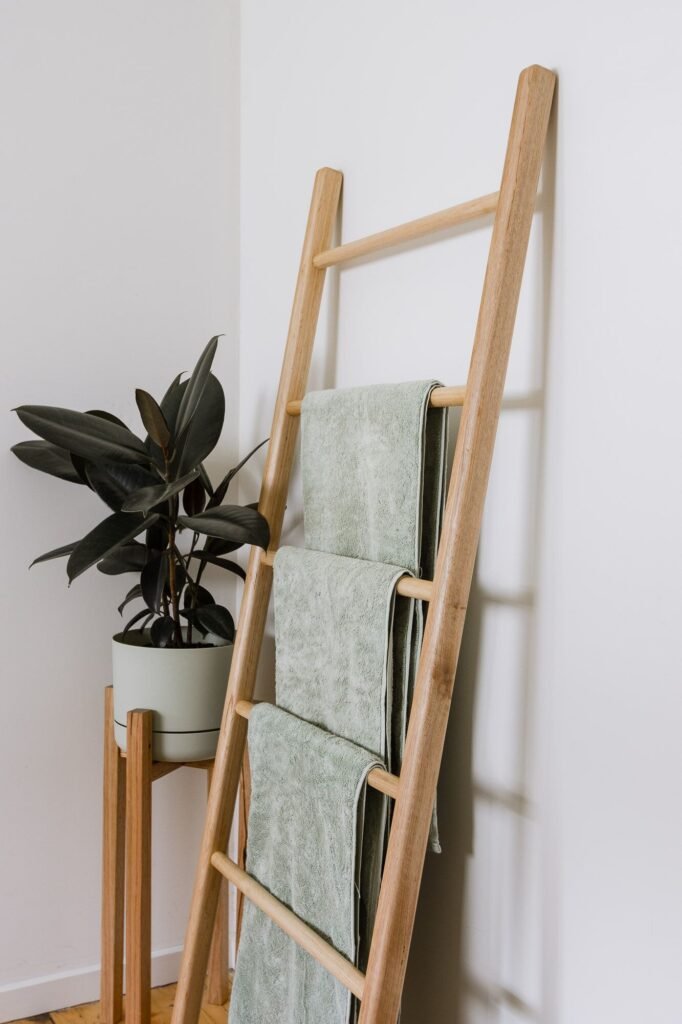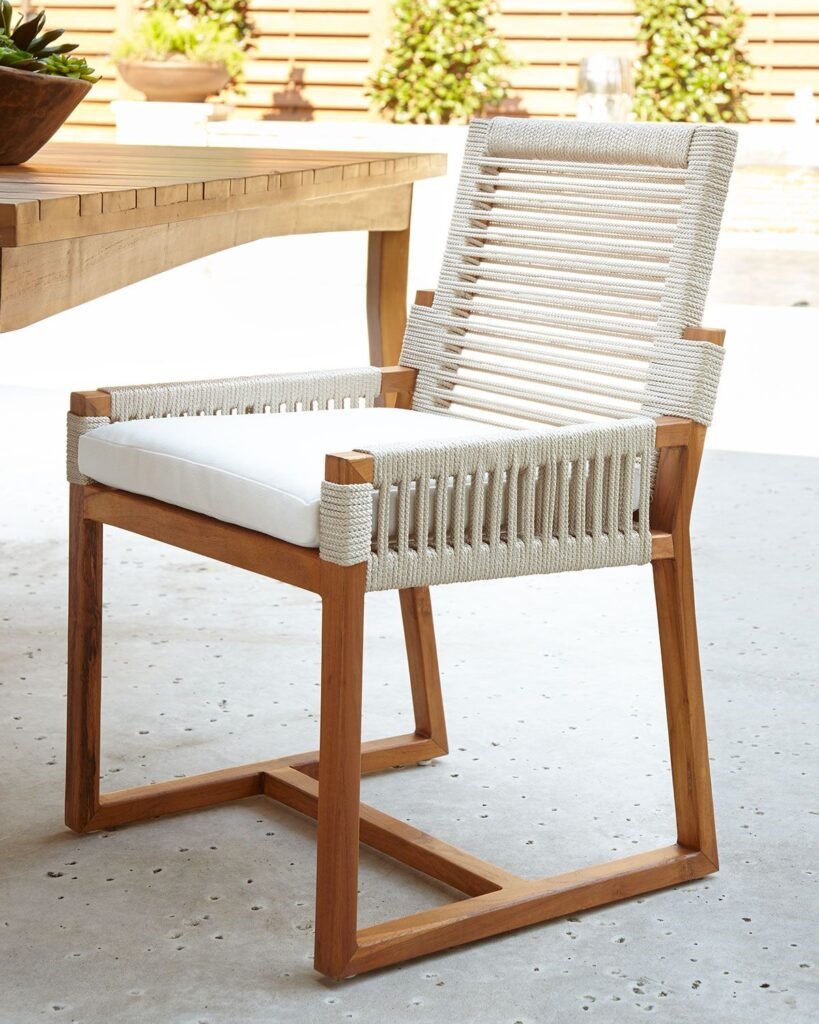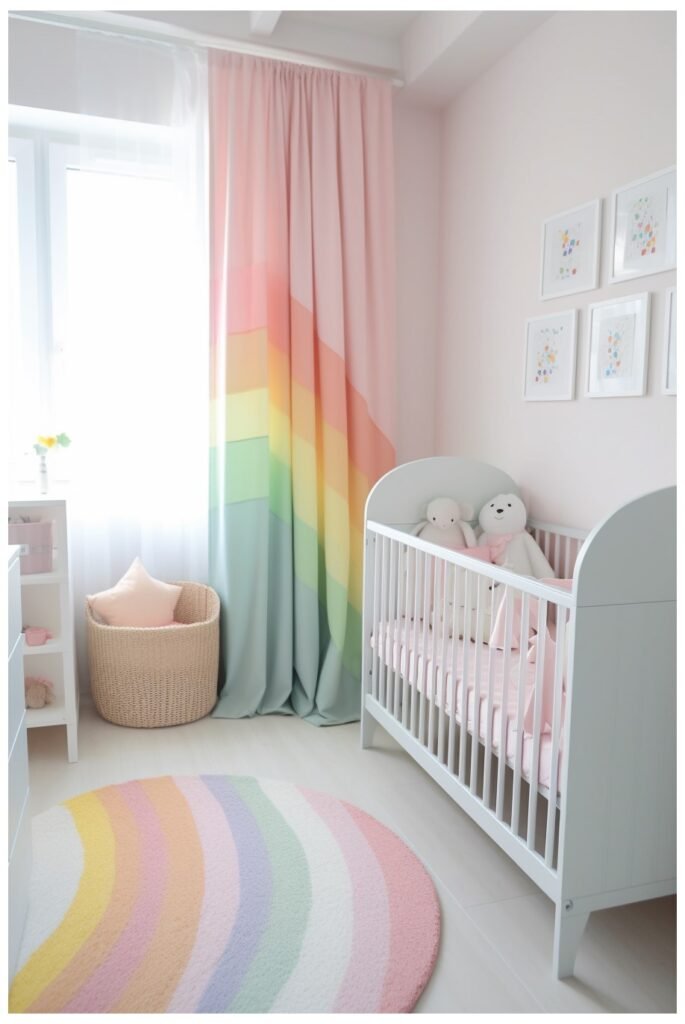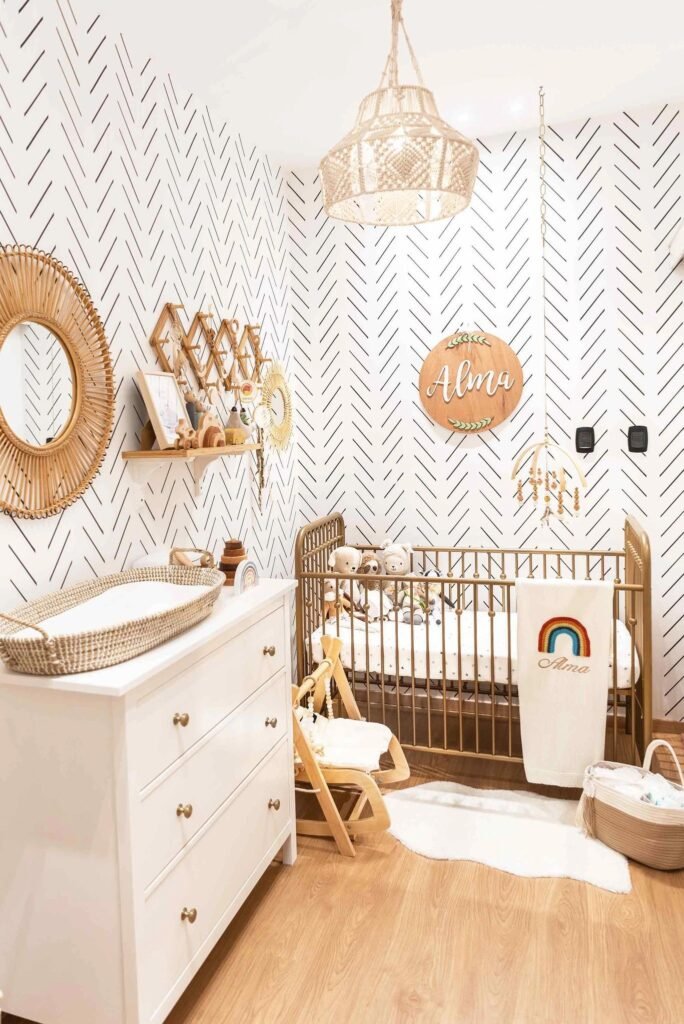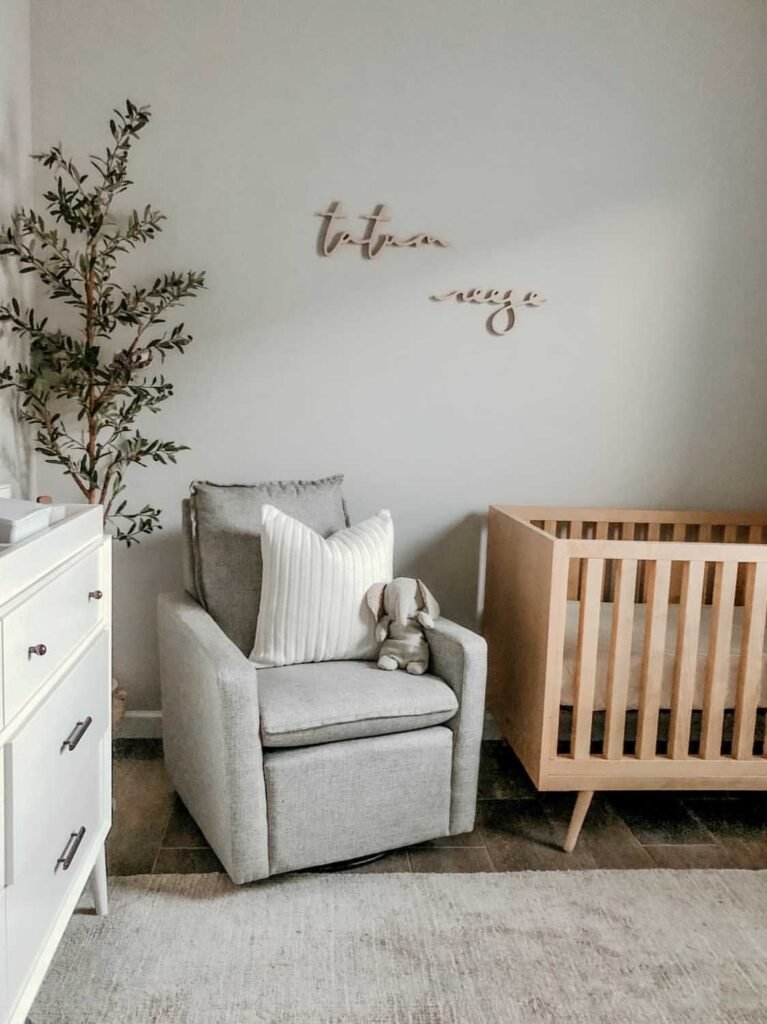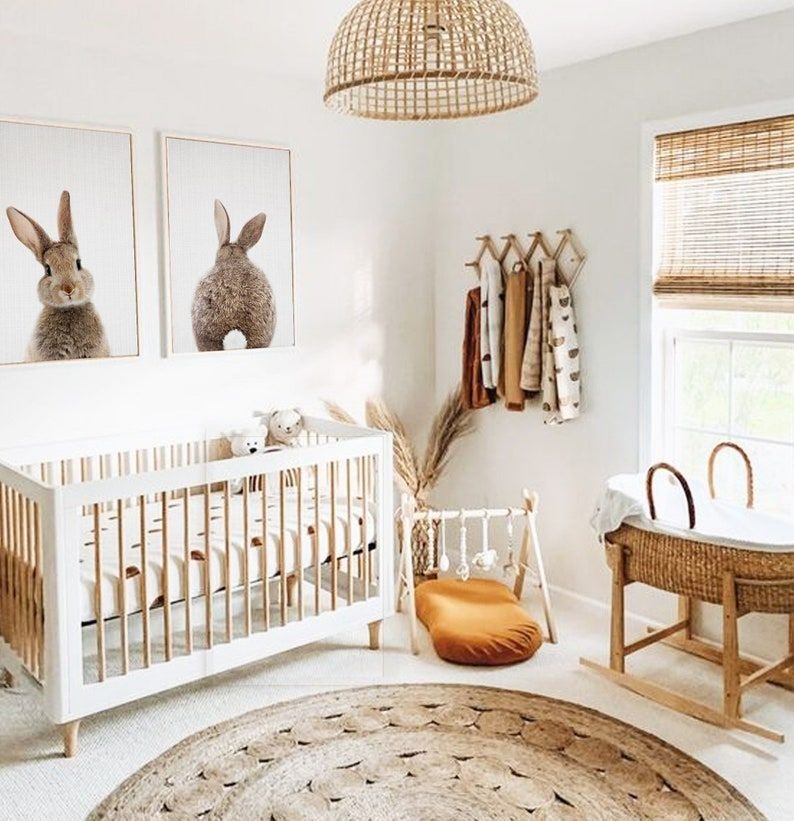There’s something magical about an igloo—its elegant, snow-kissed curves and cozy interior create an otherworldly charm. Building an igloo isn’t just a skill, it’s a fascinating journey.
Whether you’re looking to create a cozy winter hideaway or simply want to enjoy the experience of building an igloo, this step-by-step guide will help you bring your icy abode to life.

Materials Needed to create an Igloo
Materials Needed:
- Snow: Ideally, you’ll need densely packed snow to ensure the structural integrity of the igloo.
- Snow shovel: For excavating and shaping the snow.
- Ice saw or snow knife: Suitable tools for cutting blocks of snow.
- Measuring tape or rope: To ensure uniformity in the size of the blocks.
- Bracing sticks or dowels (optional): Used for structural support.
Step 1: Gather the Right Snow to Build an Igloo
The key to a sturdy igloo lies in using the right snow. Look for compact, powdery snow—ideal for igloo building. Loose or wet snow won’t hold its shape. You’ll need a lot of it, so scout for an area with abundant snow, and make sure it’s not too powdery but has enough moisture for packing.
Step 2: Select a Suitable Location
Choose an area with ample space and enough compacted snow to build the igloo. Avoid areas prone to avalanches or with unstable snow conditions.
Step 3: Prepare the snow blocks
Using a snow shovel, start by compacting the snow in the desired location. Use the snow shovel to create a rectangular mound of snow. Allow the snow to settle and harden for a while, usually overnight, before proceeding.
Step 4:Cut the snow blocks
Once the snow has settled, use an ice saw or snow knife to cut rectangular blocks of snow from the settled mound. The dimensions can vary, but a typical size is around 3 feet long, 1.5 feet wide, and 1 foot thick. Measure the blocks to ensure uniformity.
Step 5:Begin with the first layer
Clear the snow from the center of the mound to create an entrance. Start placing the blocks around the cleared area, maintaining a circular pattern. Space them close together to ensure stability. Gradually work your way up, slightly overlapping each layer.
Step 6:Curve the walls inward
As you build each subsequent layer, begin curving the blocks slightly inward. This will create the iconic dome shape of the igloo. Use wedges or small blocks to fill any gaps between the blocks.
Step 7:Continue layering
Keep adding layers of snowblocks in a spiral pattern until you reach the desired height. Remember to slightly angle each block inward and maintain consistent thickness throughout.
Step 8:Create a vent
Leave a small opening at the top of the dome to allow for ventilation and to prevent the build-up of carbon dioxide inside the igloo.
Step 9:Finish the entrance of Igloo
Once the igloo is complete, shape the entrance. Cut a tunnel entrance through the bottom layer of blocks, sloping upward to prevent snow from collapsing inward.
Step 10:Reinforce if necessary (optional)
If you want extra stability, you can insert bracing sticks or dowels at regular intervals into the snow layers.
Building an igloo can be a rewarding experience, combining creativity, craftsmanship, and an appreciation for winter landscapes. Remember to prioritize safety, choose a suitable location, and have fun throughout the construction process. Enjoy your snowy sanctuary!
Disclaimer: It’s essential to consider weather conditions, local guidelines, and safety precautions before embarking on any outdoor activity. Make sure to check with local authorities and experts to ensure safe building practices.
Also Read

